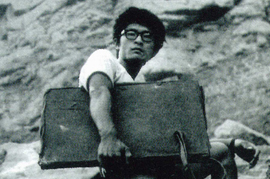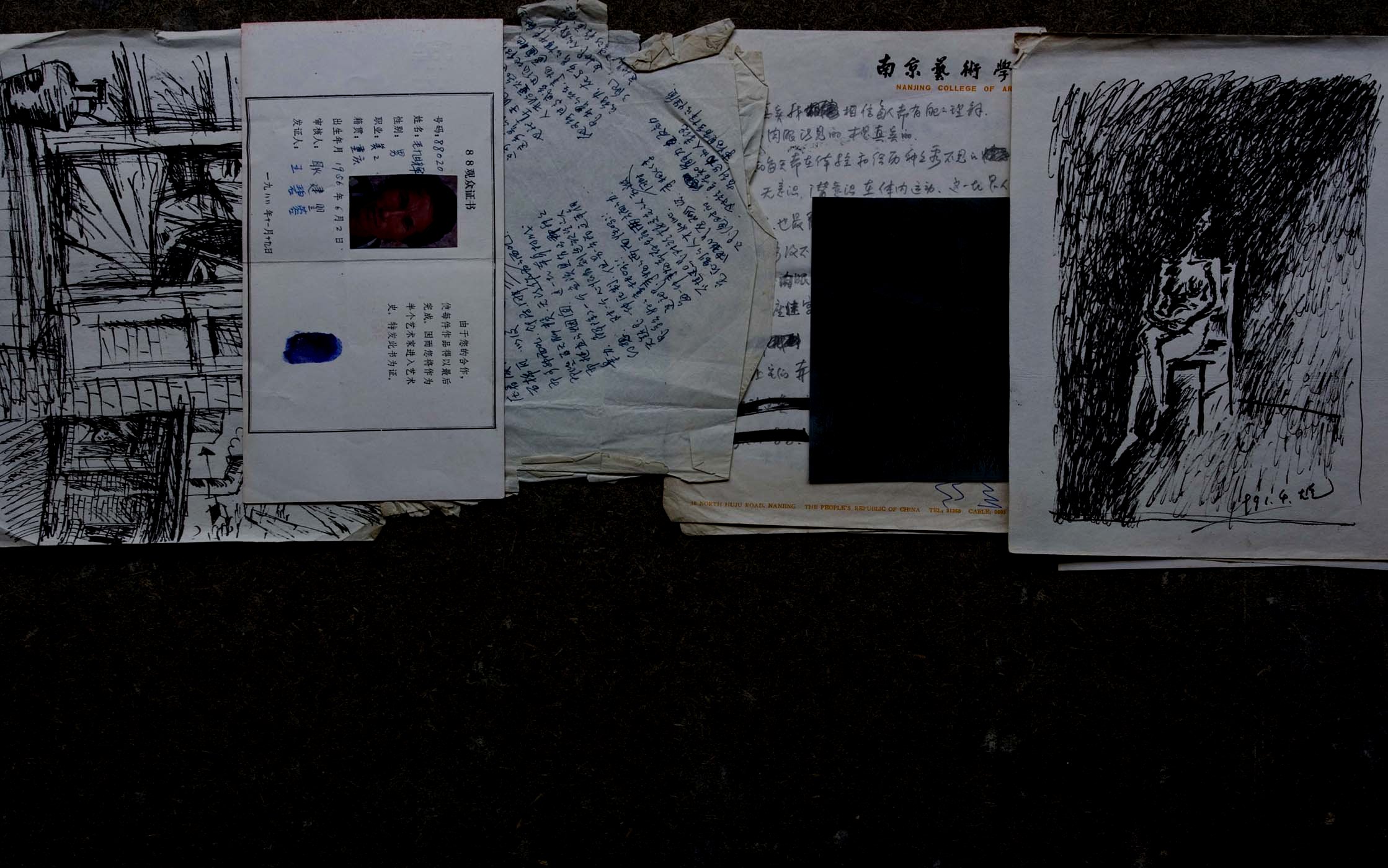Ding Fang 2009-03-05
Ding Fang's Studio,
Nanjing
Biography:
Ding Fang (b. 1956, Shanxi Province) is an artist, living and working in Beijing and Nanjing.
Between 1978 and 1982, Ding studied at the Nanjing Arts Institute and specialized in traditional Chinese figure painting. He then switched to oil painting to pursue his master’s degree under the supervision of Su Tianci, a well-known painter at the Institute. In the mid-1980s, Ding, along with Yang Zhilun, Xu Lei, Chai Xiaogang and others, formed the Red Brigade Group in Nanjing, which quickly gained recognition as one of the distinctive regional art groups in Jiangsu. From 1988 to 1990, Ding served as an editor of the influential art newspaper Fine Arts in China (Zhongguo meishubao).
Ding continues to paint and exhibit widely.






















